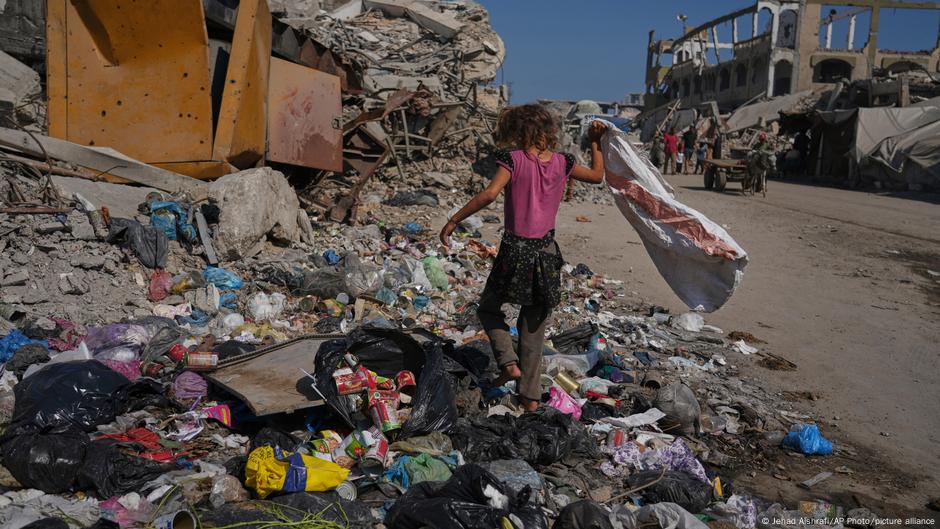Smoke from Canadian wildfires has sent a blanket of smoke over the midwestern United States this weekend. The National Weather Service (NWS) has issued air quality alerts for Minnesota and Wisconsin, as well as, Iowa, Illinois Michigan, and parts of Nebraska and Missouri.
Minneapolis and Chicago remained on IQAir’s list of top 10 major cities with the worst air quality on Saturday morning and Minnesota’s Pollution Control Agency (MPCA) extended an air quality alert for all of the state throughout the weekend.
Wildfires are becoming increasingly common in Canada and the United States. In 2023, more than 6,000 fires ravaged 37 million acres of land in Canada alone and the last two years have ranked among the worst wildfire seasons in the country's history, according to the National Environmental Satellite, Data, and Information Service. Parts of states like Texas, Oregon and California experiencing wildfires twice as often as they did in the 1970s, according to a study by the Center of American Progress.
Behind this rise is climate change, which is exacerbating the frequency and severity of wildfires, specifically in northern and more temperate forest areas. As 2023 and 2024 were the two hottest years on record, they also saw "unprecedentedly high” increases in fires damaging global forests.
Read More: We Are Living in the Age of Fire. And It’s Only Going To Get Worse
“Because of climate change, and the fact that we’re starting to see [wildfires] more and more, it’s becoming a very active area of research,” Dr. MeiLan Han, a spokesperson for the American Lung Association told TIME earlier this year in the aftermath of the Los Angeles Wildfires. “We need to think hard about how we can obviously try to prevent the wildfires, but [also] think about how we can protect air quality better moving forward, generally speaking, because it is becoming an increasing health concern—not just a one-off event.”
The masses of smoke produced by those fires is viewed by experts as a major public health threat. Poor air quality can be devastating for a person’s health, especially vulnerable populations. The effects can be felt right away, says the Centers for Disease Control (CDC), with symptoms including a scratchy throat, coughing, trouble breathing, and chest pain. Those with asthma, heart disease, chronic conditions, and those who are pregnant are particularly vulnerable.
As smoke from wildfires can travel far and wide—sometimes even thousands of miles away from the fire it originated at—and as climate scientists share that the frequency of these events will increase, here is how best to protect yourself.
Stay Indoors
One of the best ways to protect oneself when the air quality has worsened is to limit time breathing the pollutants in the air, and moving events indoors.
This is especially important for those with asthma, heart or lung disease, as well as older adults and children, who should consider rescheduling events to be indoors and reduce “heavy exertion,” according to the Wisconsin Department of Natural Resources.
If you go outside, be prepared
If you have to go outside, experts recommend using a face mask to limit the pollutants that enter your body, including through wearing a N95 or KN95 mask. If you do buy a mask, its recommended, according to the Washington State Department of Health, to find one that is certified by the National Institute of Occupational Safety and Health (NIOSH). The mask should seal over your mouth, chin, and nose in order to properly protect from pollutants.
Masks work best, they say, on clean-shaven faces, and should be thrown out after breathing gets difficult, or the mask gets damaged.
The Environmental Protection Agency (EPA) also recommends finding a mask with two straps that fit over your head, not those with one strap, or with two straps that go over the ears.
“A respirator is a device (mask) that covers your nose and mouth, fits tightly to your face, and can filter out smoke or ash particles before you breathe them in,” the EPA says.
Improve Air Quality Indoors
If in a car, experts say the best thing to do to protect yourself is to ensure that your car is not taking in air from outside, but instead is recirculating air from inside the car.
The EPA also recommends that people increase the air quality in their homes through considering air purifiers, portable air cleaners, or even “do-it-yourself (DIY) air cleaners.”
If you have air conditioning in your home, they recommend setting the system to recirculate mode, or closing the outdoor intake damper.
Check your local Air Quality Index
One of the best ways to protect yourself is to stay informed, and check your local air quality through the government’s AirNow website, which includes six color-coded categories that correspond to a range of air quality values, from best to worst. The EPA measures air quality through this Air Quality Index (AQI), in which a score of under 50 indicates good air quality, up to where a score of over 300 indicates “hazardous” air quality that is a health hazard to all in the area.

 3 hours ago
4
3 hours ago
4








